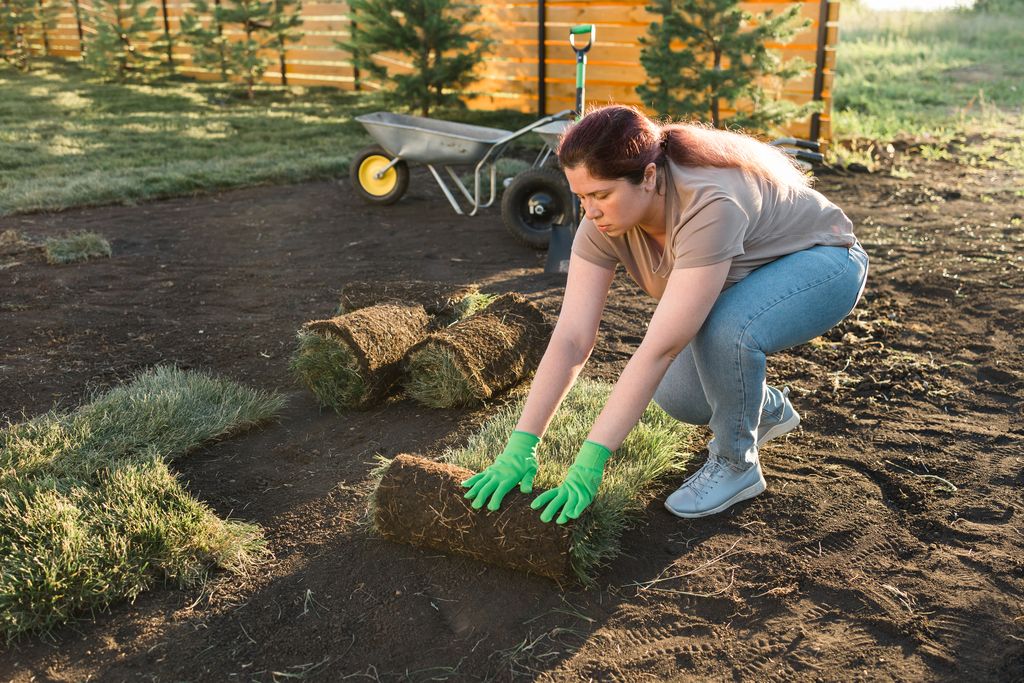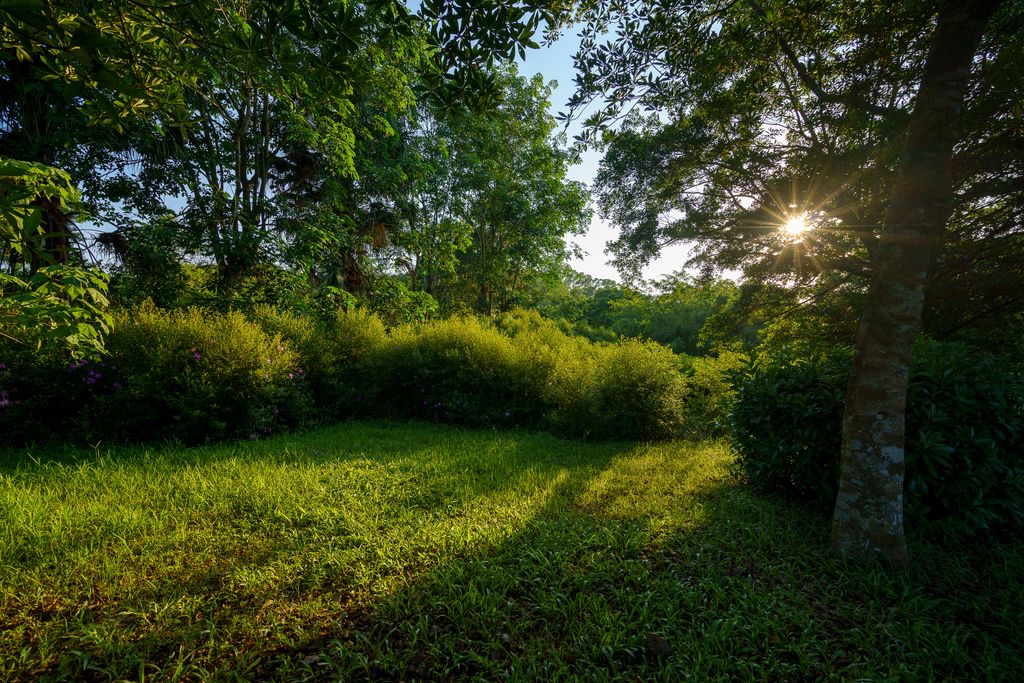Have you ever stepped outside and noticed those pesky bare spots in your lawn?
They can be an eyesore, but don’t worry! Lawn repair is not as daunting as it may seem.
In this guide, we’ll walk you through various techniques to bring your lawn back to life, ensuring it looks lush and healthy again.
Whether it’s from foot traffic, pet damage, or seasonal changes, we have the tips you need to tackle those bare patches with confidence!
This post contains affiliate links. As an Amazon Associate, I earn from qualifying purchases at no additional cost to you.
Understanding the Causes of Bare Spots
Before you jump into the repair process, it’s important to understand what might have caused these bare spots in the first place.
Here are some common culprits:
- Foot Traffic: Excessive walking on grass can compact the soil and damage the grass blades.
- Pet Activity: Dogs and other pets can create patches through digging or urination.
- Pests: Insects and other pests can damage grass roots, leading to bare patches.
- Diseases: Fungal infections or other diseases can affect grass health.
- Poor Soil Conditions: Compacted soil or nutrient deficiencies can hinder grass growth.
Steps for Effective Lawn Repair
Now that you understand the causes, let’s dive into the steps needed for proper lawn repair!
1. Assess the Damage
Take a good look at your lawn. Identify the size and location of the bare spots. This will help you determine the best repair method. Here’s a quick comparison of repair methods based on size:
| Bare Spot Size | Recommended Repair Method |
|---|---|
| Small (Less than 1 sq ft) | Seed patching |
| Medium (1-5 sq ft) | Seed patching or sod installation |
| Large (More than 5 sq ft) | Sod installation |
2. Prepare the Area
Once you’ve assessed the damage, it’s time to prepare the area for repair.
Follow these steps:
- Remove Debris: Clear away any dead grass, leaves, or other debris.
- Loosen the Soil: Use a rake or garden fork to loosen the soil in the affected area.
- Check the Soil Quality: Consider testing your soil for pH and nutrient levels. This can help you decide if any amendments are needed.
3. Choose Your Repair Method
Depending on the size of the bare spot and the condition of your lawn, you have several options for repair:
Seed Patching
If you’re dealing with small to medium-sized spots, seed patching is an effective method.
Here’s how to do it:
- Select the right grass seed for your region and lawn type.
- Spread the seed evenly over the bare spot, following the recommended seed rate on the package.
- Cover lightly with soil or compost to protect the seeds.
- Water gently to keep the soil moist, but avoid oversaturating.
Sod Installation
For larger areas, sod installation might be the way to go.
Here’s a quick guide:
- Choose high-quality sod that matches your existing grass type.
- Cut the sod to fit the bare area, making sure edges align with the existing grass.
- Lay the sod over the prepared soil and press down to eliminate air pockets.
- Water thoroughly to help the sod establish roots.
4. Maintenance After Repair
Once you’ve completed the repair, it’s essential to maintain the area properly to encourage healthy growth.
Follow these tips:
- Watering: Keep the area consistently moist for the first few weeks, reducing frequency as the grass establishes.
- Mowing: Avoid mowing the newly seeded or sodded area until it reaches the recommended height.
- Fertilizing: Consider applying a gentle fertilizer after a month to boost growth.
When to Seek Professional Help
While many lawn repairs can be done by homeowners, there are times when it’s best to call in professionals.
If you’re facing persistent problems with bare spots or suspect underlying issues like soil diseases or pests, a lawn care expert can provide a thorough assessment and tailored solutions.
Wrapping Up
Don’t let bare spots ruin your beautiful lawn! With the right steps in lawn repair, you can restore your outdoor space to its former glory.
Remember to assess the damage, prepare the area, choose the appropriate repair method, and maintain the new growth.
Now is the perfect time to take action and turn those unsightly patches into a lush, green lawn that you can enjoy all year round.



